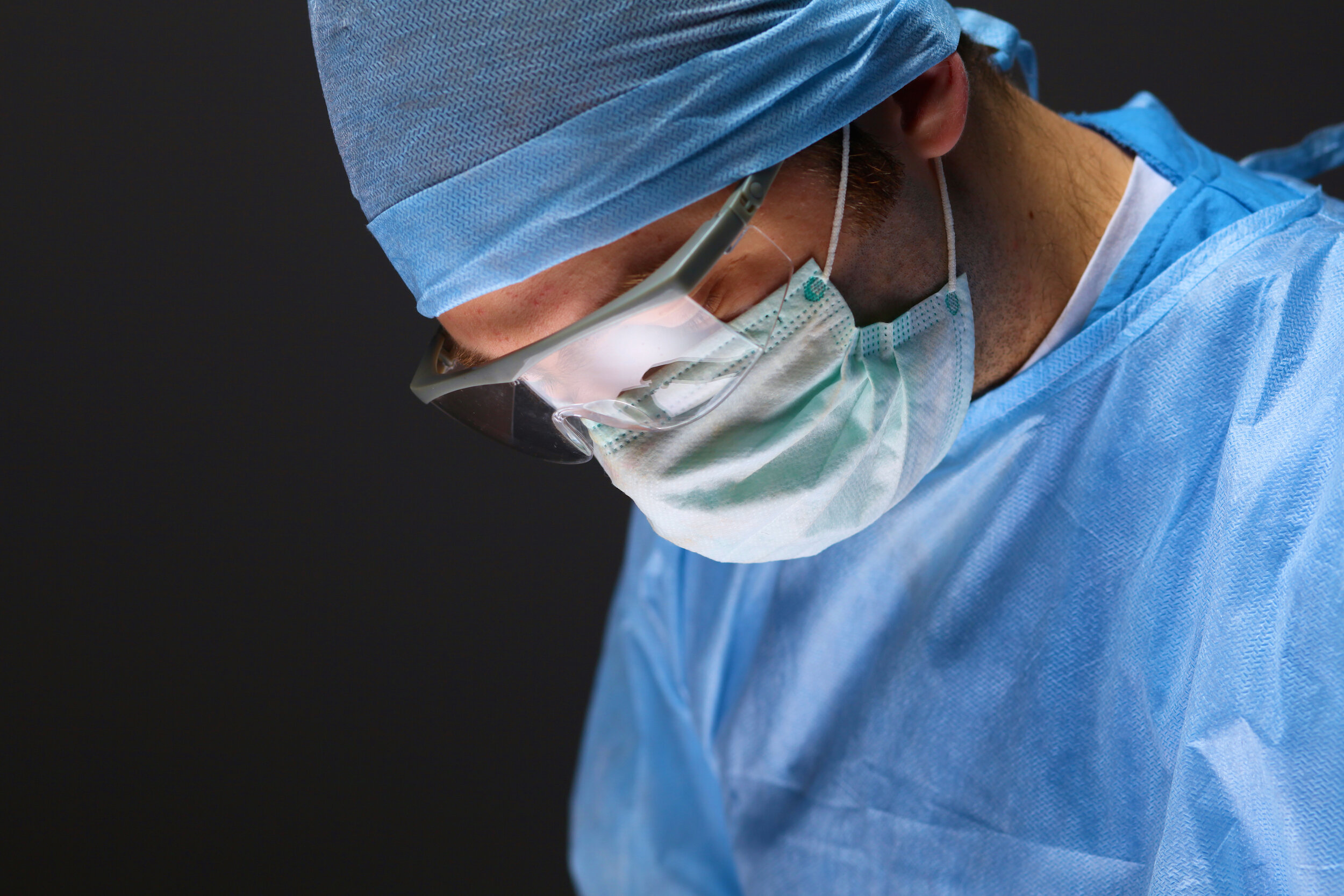Treatments: Hyperthyroidism
Medical suppression for hyperthyroidism
Methimazole (Tapazole) and propylthiouracil (PTU) are used to medically limit the production of thyroid hormone in conditions of hyperthyroidism, including Graves disease, toxic multinodular goiter, and thyrotoxic crisis. These anti-thyroid drugs are taken by mouth and take weeks to months for full effect. Since these medicines can cause liver problems or a problem in which the bone marrow fails to produce new blood cells (agranulocytosis), blood testing and monitoring for adverse effects is needed when these medicines are used.
Removal of part or all of the thyroid gland
Surgical treatment of hyperthyroidism is an excellent option for a toxic adenoma, toxic multinodular goiter, and it is a good option for Graves disease. A procedure in which less than all of the thyroid is removed is called a partial thyroidectomy. Usually, this takes the form of hemithyroidectomy and isthmusectomy. In the case of a toxic adenoma, removing just the portion of the thyroid containing the problem nodule can render a cure and, if the remaining portion of thyroid can produce adequate thyroid hormone, yield a maintenance free long term solution. Treatment of Graves disease with total thyroidectomy cures the hyperthyroidism (but necessitates the use of daily oral thyroid supplementation to prevent hypothyroidism). Total thyroidectomy for Graves disease also can stop the worsening of associated eye problems.
Radioactive iodine ablation
Radioactive iodine damages thyroid tissue. It cannot eliminate an entire thyroid gland, but it can shrink and slow activity of a thyroid gland. It is for this reason that radioactive iodine is sometimes used to treat Graves disease.
How it works: Iodine with an atomic mass of 131 breaks down at a steady rate to a more stable element, 131-Xenon. In this process, it emits an electron. When given in pill or liquid form by mouth, 131-Iodine is absorbed by the gut, circulates in the blood, and then collects in the one tissue that takes up iodine—thyroid tissue. That is, wherever in the body that there is thyroid tissue, as long as it is still acting like thyroid tissue, it will take up and concentrate the circulating iodine. This allows the electrons generated by radioactive decay to be distributed very selectively to thyroid cells, whether in the thyroidectomy bed, or an area of thyroid cancer spread, such as a lymph node or the lungs. The electrons emitted by the decaying 131-iodine kill the surrounding cells, but since these electrons travel a very short distance (about 2 mm), the surrounding non-thyroid tissue receives virtually no radiation at all! To make thyroid tissue iodine avid, a patient is either allowed to become temporarily hypothyroid (which increases TSH production, stimulating thyroid cell activity) or recombinant (synthetic) TSH is given intravenously shortly before the 131-iodine is given.
Thermal ablation
Recently, new thermal ablation techniques such as radio frequency ablation, laser ablation, microwave ablation, and high-intensity focused ultrasound have been used to treat benign solid thyroid nodules. Whereas many physicians recommend percutaneous ethanol injection for the treatment of cystic thyroid tumors, thermal ablation is recommended for solid nodules when surgery is not an option. A thyroid nodule that is producing too much thyroid hormone, considered a hyperfunctioning nodule, may be treated with thermal ablation. In highly selected cases where surgery is not feasible, thermal ablation may be considered for thyroid cancers. Watch a video of radiofrequency ablation here.
This page






